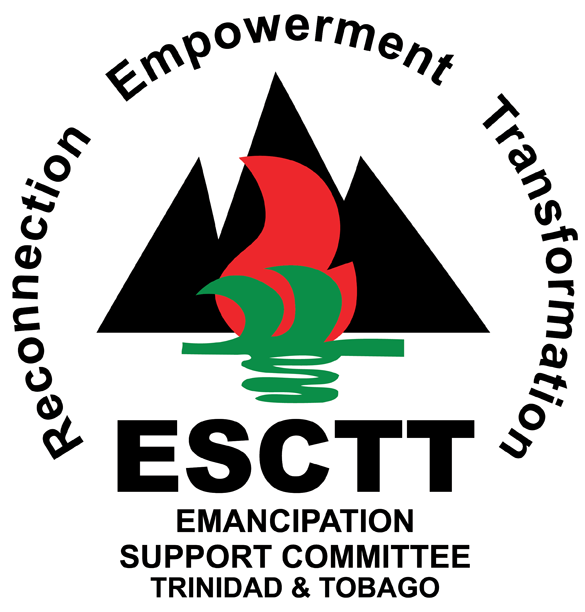During the last week in July through to August 1st, the people of Trinidad and Tobago, led by the Emancipation Support Committee, pay homage to ancestors who struggled for our freedom, and to the African builders of civilization on whose backs they stood, in a manner befitting the level of sacrifice and achievement.
Sounds of traditional drums, steel pan and calypso, echo through the land at various celebratory functions. Artistes from other parts of the African diaspora, including Africa itself, add to the enthralling mix as we celebrate the Pan African Festival. The festival is held at the Lidj Yasu Omowale Emancipation Village, Queens Park Savannah, which is the main centre of activities for the emancipation period. In song, dance, visual images and speech, Africa is always present in this multi-dimensional festival. The wisdom of words and the rhythms of art blend to create a festival that is educational, entertaining, exciting and inspirational. Many aspects of this commemoration attract visitors from around the world.
Every year the festival lives up to its reputation with outstanding performers from Trinidad and Tobago, Africa and other parts of the African Diaspora. Visitors seek a soul-enriching immersion in a spiritually and intellectually stimulating environment infused with the cultural heritage of Africans; and a chance to bond with Africans with a common sense of purpose. Confronted with the crisis of our youth, there are those who welcome the opportunity to interact with positive African youth constructing their world view through work, cultural expression, the utilization of traditional knowledge as well as modern technology, and dialogue – which is what is in evidence on the specially-designated Youth Day, organized and managed by the youth. Art afficionados get the chance to view the creative outputs of the country’s finest painters and sculptors. Visual displays focus on important areas of self-knowledge such as African History and African contributions to science and technology from ancient to modern times, reinforcing the learning environment.
Culminating with the Emancipation Day parade on the morning of August 1, one of the most popular highlights of the period, some 20,000 participants flood the streets of Port of Spain with thousands on the sidewalks, creating a spectacle of colour dominated by African motifs, textiles and designs. Exponents of the African martial art, capoeira, draw much attention with their dramatic flips and “sequencias”. Moko Jumbies tower above the parade displaying their spectacular agility on stilts while formal dance troupes entertain with their choreographed routines. Participants include Ministers of government, among them the Prime Minister of Trinidad and Tobago, foreign diplomats, community organizations, religious organizations, performing groups, visitors from abroad, and thousands of individuals and small groups who join to make their statement of what emancipation means to them.
Undoubtedly, the parade truly reflects the rich social texture of emancipation. All strata of the local population and guests from abroad share a profound experience of ancestral reverence and joyful celebration of the triumph of the human spirit over tyranny.
